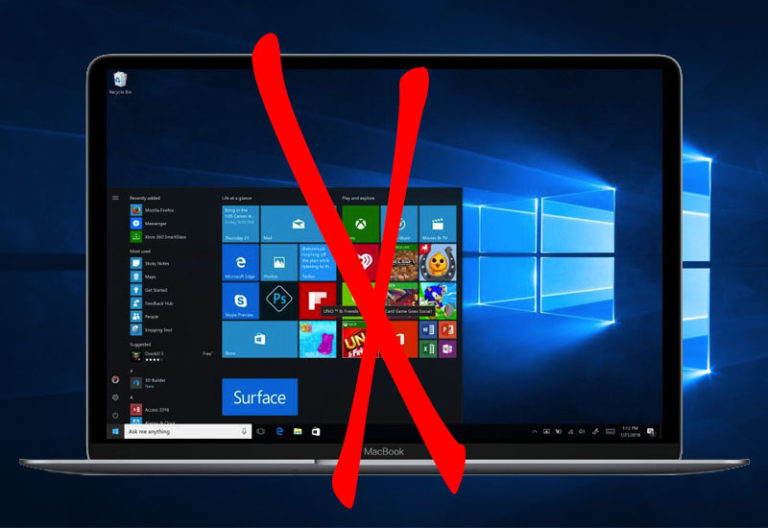
Obviously, any partitions which you remove or re-format will be WIPED of their data.Ħ) Once you’re happy with your new layout, have removed all the partitions you want to, and have resized previous partitions to fill their space or replaced them, hit the Apply button to make your changes.ħ) A confirmation will appear, summarising the resizes, removals, and additions. If you’re working with CoreStorage partitions, they may need to be reverted to simple partitions before certain operations can be performed, though in my experience they do not affect the removal of subsequent partitions on the disk, and can be resized easily too. This is easily solved simply reformat the non-Mac OS Extended (Journaled) partition to an eligible partition first, then remove it and any subsequent partitions that you want rid of. If this happens, not only can that partition not be resized, but all partitions after it on the disk cannot be removed either, because the ineligible partition preceding them cannot grow to fill their space. However, partitions in file formats other than Mac OS Extended (Journaled) may not be eligible for resizing in this way. If you want to change that one, you must reformat the entire disk to a new Partition Scheme, which wipes all partitions on the disk.ĭeleting a partition at the end of the disk will normally cause the partition before it to be automatically grown to fit the space it has left, unless you add a replacement partition there instead. The very first partition also cannot be deleted as it contains the Partition Scheme, but this partition is not editable/visible in Disk Utility anyway, so don’t worry about it. The first partition on the disk cannot be removed, it can only be resized/reformatted. Multiple partitions can be removed at a time.īear in mind, you can remove as many partitions as you like, but there are some rules governing the process. The disk’s partitions are shown in a pie-chart, going clockwise in terms of physical position on the disk (my first partition is TM, the second is Storage).ĥ) To remove a partition, first select it by clicking on it in the pie, then click the minus symbol (-) button beneath the pie. A window of options will appear, showing your current partition map. If the drive you want is greyed out, select it and hit the Mount button in the top bar to continue.ģ) Select the disk (not its sub-heading partitions) to be formatted in the sidebar, and make sure its information is shown in the main pane.Īny changes made in the main pane will be applied to the disk selected in the sidebar, so make sure you have the correct one selected before each step.Īs you can see from the image in Step 3, I have a Western Digital hard drive which is split into two partitions. I want to remove the second partition on the disk (titled Storage).Ĥ) Click the Partition button in the top bar. Any drives not appearing in the sidebar cannot be edited by Disk Utility. Try disconnecting and reconnecting it if necessary. If you cannot find your drive there, ensure it is working, connected to power, and plugged into a compatible port. The main pane to the right shows information about the drive which you currently have selected.Ģ) Locate the disk which you want to edit in the left-hand sidebar. The sidebar on the left shows your connected drives, with their sub-partitions. Check what you’re doing at each stage, and have any critical data backed up first.ġ) Launch Disk Utility from /Applications/Utilities, or via Spotlight. This guide uses macOS’s built-in disk management program, Disk Utility.īefore we go any further, remember that manipulating drives, and especially removing partitions, is a process that goes hand in hand with removing the data on them. That "Manual storage of certain files" isn't getting backup up at all now, which can get you into trouble if the drive goes bad.Following on from our guide on creating and disk partitions on macOS, today we’ll cover safely removing them, including in what situations it involves loss of data. Think about this: if you share a backup drive with other stuff, how is that "other stuff" getting backup up? It isn't. I always recommend backing up to a separate drive that is dedicated to backups. Hard drive are cheap, but your data may be priceless (photos, etc). Time Machine really wants to be able to use the whole drive (or partition) so it can manage space on the drive and know when you are about to run out and it needs to recycle old files. There are a lot of steps and it may be difficult to do if you aren't familiar with Disk Utility.Īnother way is to copy the data you want to save to a second drive, then reformat the first drive and copy the data back.
#REMOVE PARTITION MAC EXTERNAL DRIVE FULL#
You use Disk Utility to remove to unwanted partition, and then expand the other partition to the full size.

You can, in some cases, change the partitions on a drive without destroying the data.


 0 kommentar(er)
0 kommentar(er)
